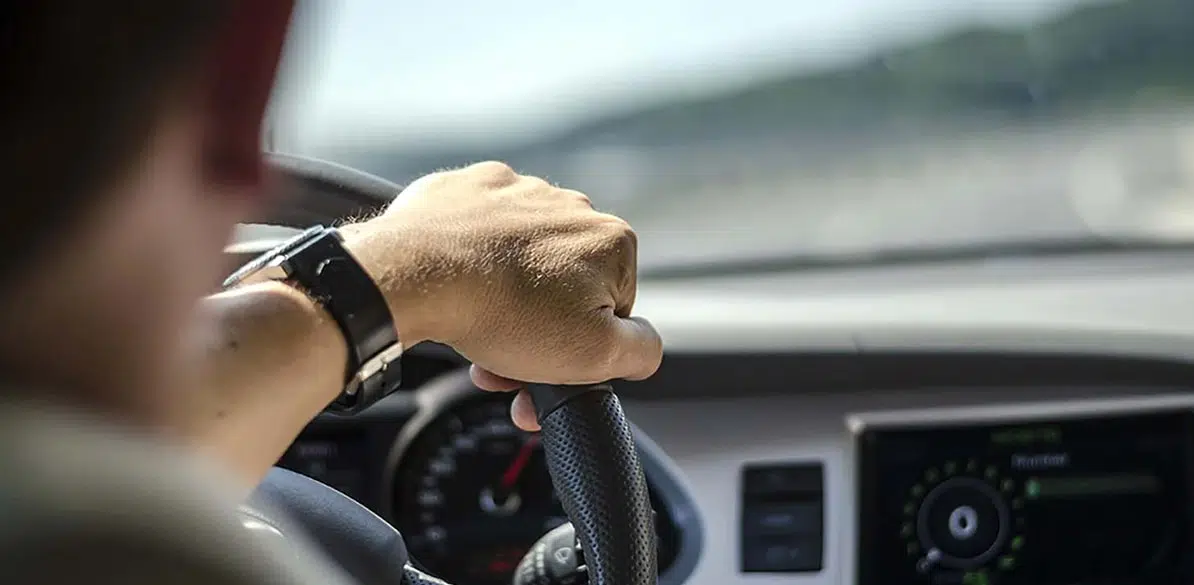Driving in Bangladesh presents unique challenges, with congested roads, diverse traffic, and varying levels of adherence to traffic rules. Even experienced drivers can fall prey to common driving mistakes Bangladesh roads often witness. This article highlights the top 10 mistakes and provides practical advice on how to avoid them, promoting safer driving habits for everyone.
1. Ignoring Lane Discipline
One of the most prevalent issues is the lack of lane discipline. Drivers frequently weave in and out of lanes without signaling, cut across multiple lanes abruptly, and disregard lane markings altogether.
How to Avoid: Consciously stay in your lane unless you need to change. Use your indicators well in advance of any lane change, and check your mirrors and blind spots thoroughly.
2. Tailgating
Following the vehicle in front too closely is extremely dangerous, leaving little time to react to sudden braking. This is especially risky on Bangladeshi roads, where unexpected stops are common.
How to Avoid: Maintain a safe following distance. Use the "three-second rule" (or longer in adverse conditions) – pick a fixed point, and when the vehicle in front passes it, you should pass the same point at least three seconds later.
3. Improper Use of Indicators (or Not Using Them at All)
Failing to signal intentions is a major cause of accidents. Many drivers in Bangladesh either don't use indicators or use them incorrectly (e.g., signaling during the maneuver instead of before).
How to Avoid: Always use your indicators clearly and in advance of any turn, lane change, or stop. Make it a habit.
4. Overtaking Recklessly
Overtaking on blind corners, in heavy traffic, or without sufficient space is extremely dangerous and a common cause of head-on collisions.
How to Avoid: Only overtake when it's absolutely safe and legal to do so. Ensure you have a clear view of oncoming traffic and sufficient space to complete the maneuver safely.
5. Disregarding Traffic Signals
Running red lights or ignoring stop signs is a blatant disregard for safety and a major contributor to accidents.
How to Avoid: Always obey traffic signals. Approach intersections cautiously, even if you have a green light.
6. Driving Under the Influence (DUI)
Driving under the influence of alcohol or drugs is illegal and incredibly dangerous, significantly impairing judgment and reaction time.
How to Avoid: Never drive after consuming alcohol or drugs. Plan ahead and designate a sober driver or use alternative transportation.
7. Using Mobile Phones While Driving
Talking or texting on a mobile phone while driving is a major distraction and a leading cause of accidents.
How to Avoid: Put your phone away while driving. Use a hands-free device if absolutely necessary, but be aware that even hands-free conversations can be distracting.
8. Speeding
Exceeding the speed limit, or driving too fast for road conditions, reduces reaction time and increases the severity of accidents.
How to Avoid: Obey speed limits and adjust your speed to the road conditions, traffic, and weather.
9. Not Maintaining Vehicles Properly
Driving a poorly maintained vehicle (with worn tires, faulty brakes, broken lights, etc.) is a hazard to yourself and others.
How to Avoid: Regularly maintain your vehicle according to the manufacturer's recommendations. Check tire pressure, brakes, lights, and fluid levels frequently.
10. Ignoring Pedestrians and Other Vulnerable Road Users
Pedestrians, cyclists, and rickshaw pullers are particularly vulnerable on Bangladeshi roads. Drivers often fail to yield the right of way or give them sufficient space.
How to Avoid: Be extra cautious and vigilant around pedestrians, cyclists, and rickshaws. Anticipate their movements and give them plenty of space.
Avoiding these common driving mistakes Bangladesh drivers often make is crucial for improving road safety. Defensive driving – anticipating potential hazards and being prepared to react – is essential for navigating the challenges of driving in Bangladesh. By being mindful, responsible, and following traffic rules, we can all contribute to safer roads for everyone.





